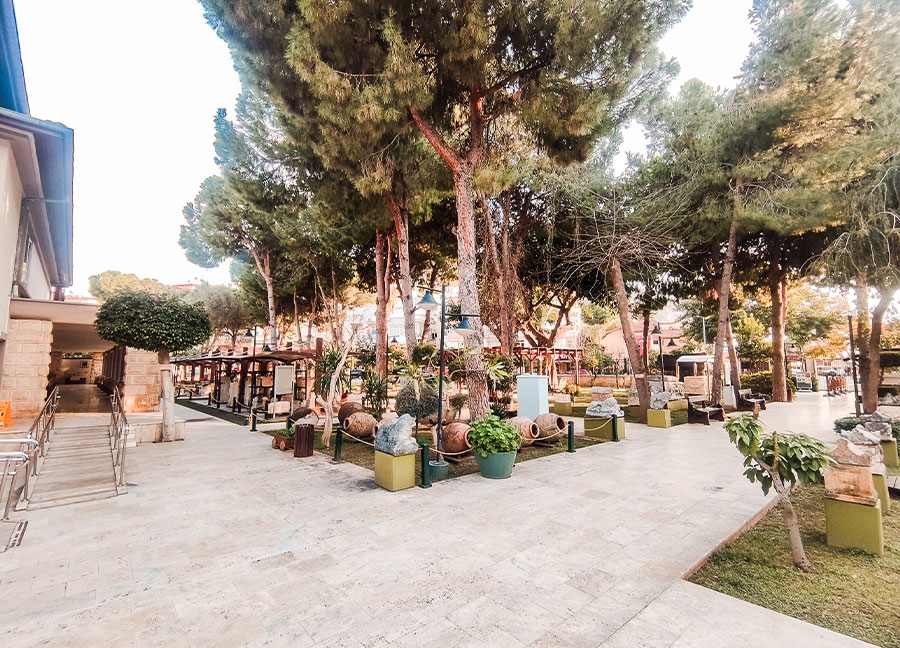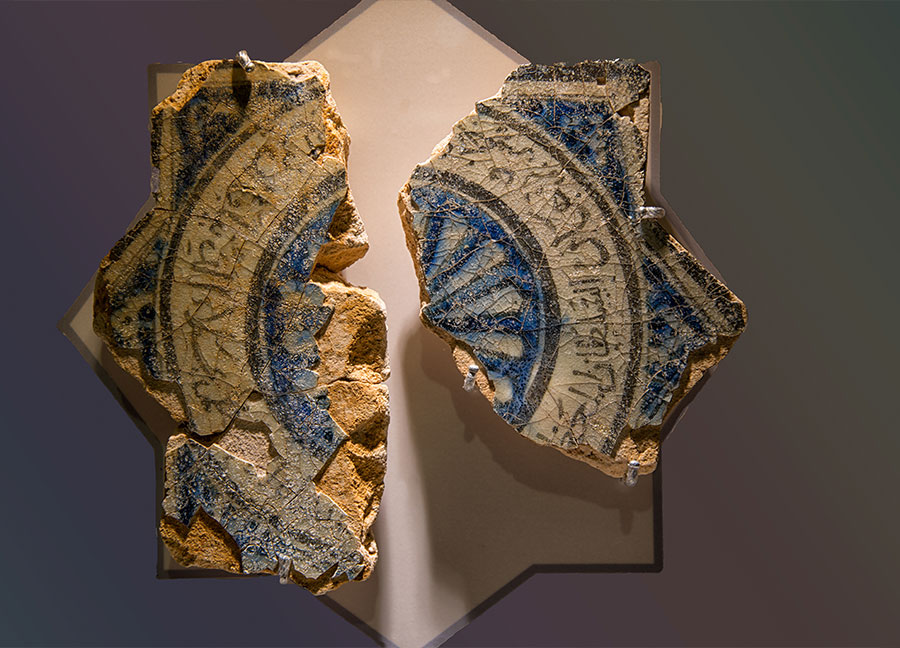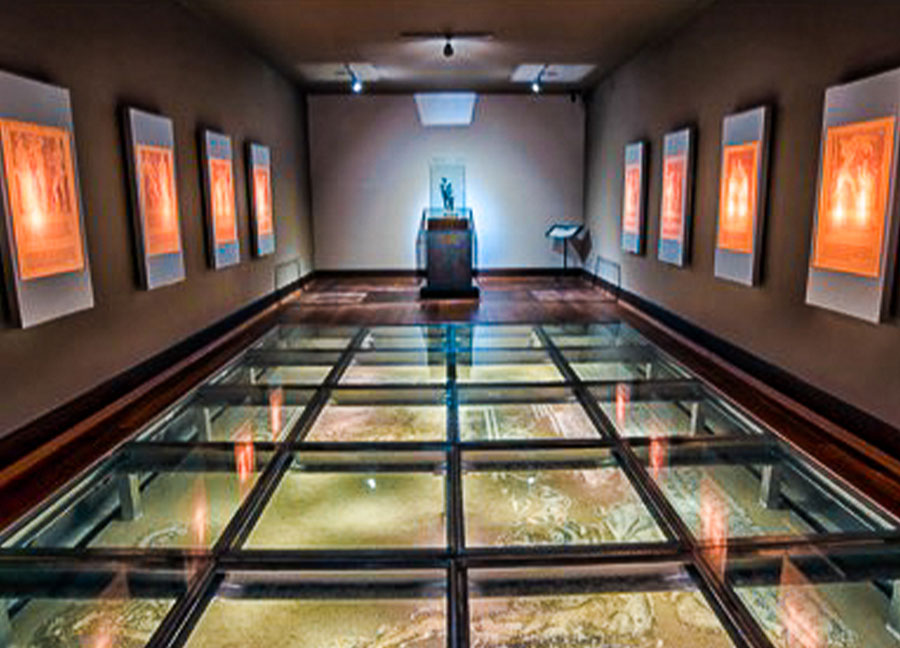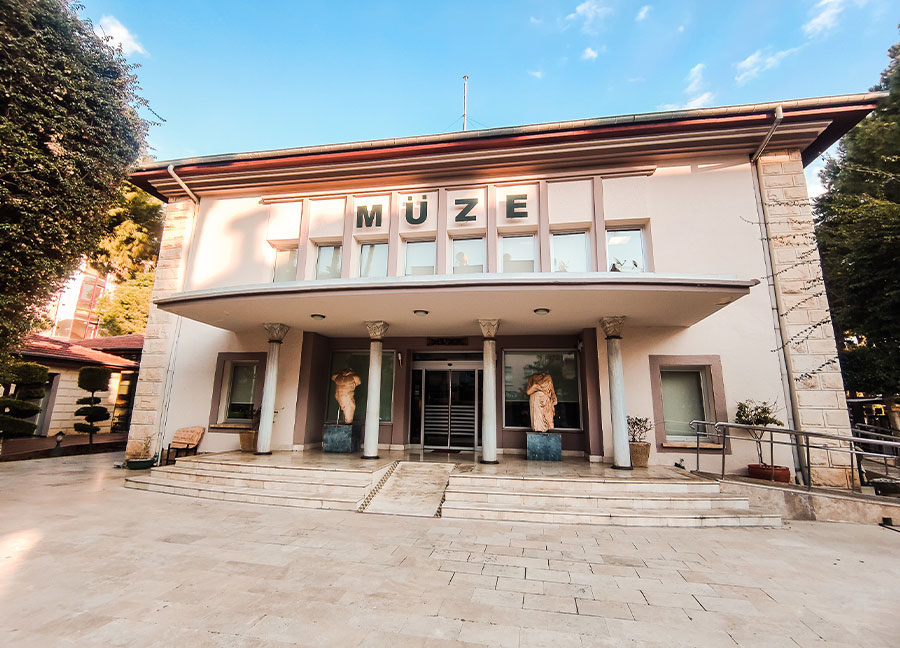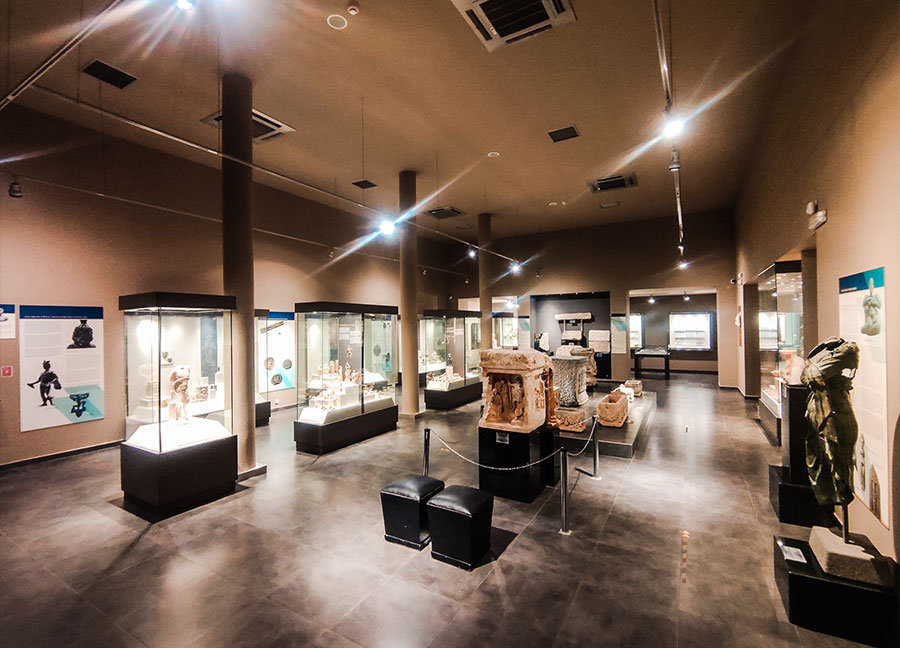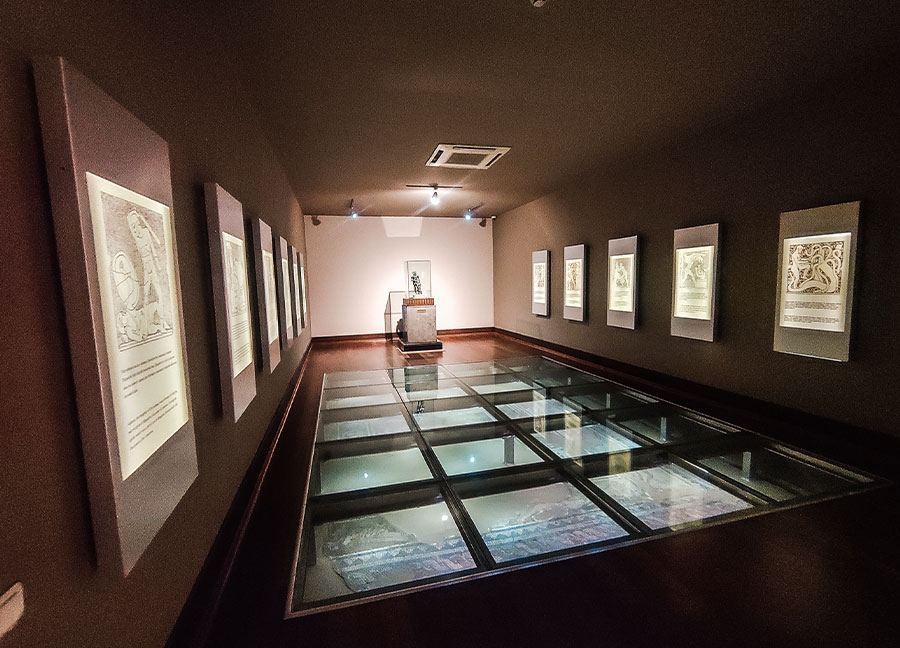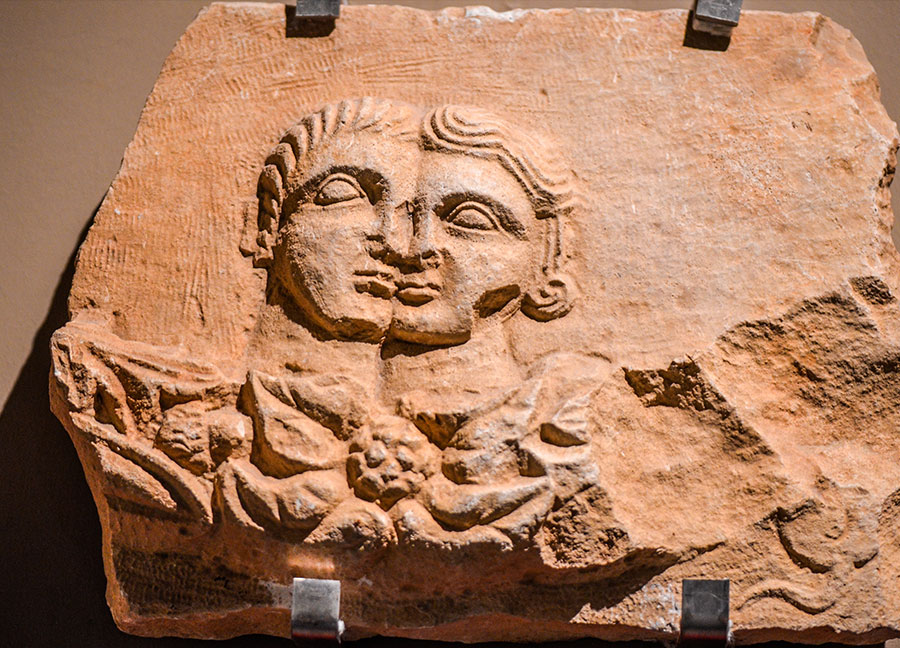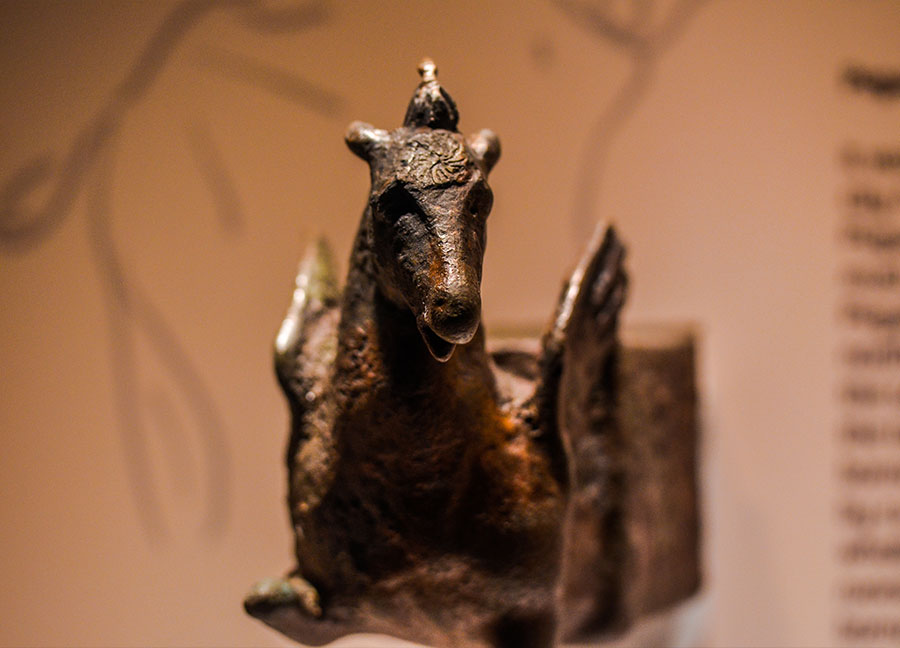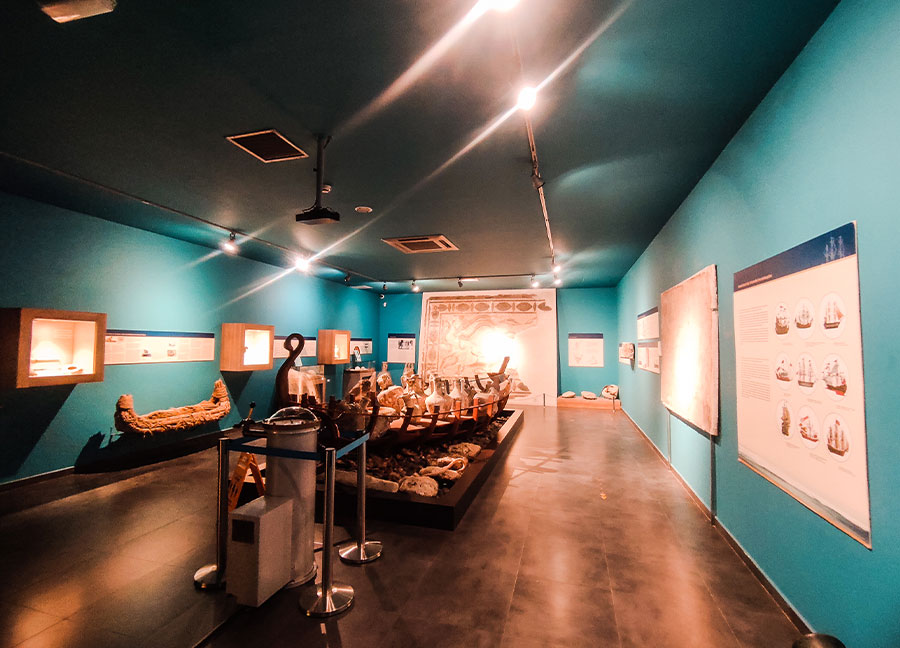Alanya Archaeological Museum started its activities to preserve archaeological and ethnographic artifacts. It is a collection of finds from the Bronze Age, Phrygian, Urartian and Lydian Periods, which are of great importance in revealing the deep-rooted history and rich chronological history of Anatolia. It was brought from the Ankara Anatolian Civilizations Museum. It was opened in 1967, together with the works collected from the environment until that day. There are 14 indoor and one open exhibition hall in the museum.
The museum has been enriched by the artifacts obtained from the excavations in the region or included in the museum's inventory in various ways over time. It serves the archeology and ethnography departments.
It was excavated from the ancient city of Laertes near Alanya and exhibited in the Archeology Department of the museum, and donated to the museum. The Phoenician stone inscription dated 625 is the oldest dated find in the museum. The gray inscription mentions the land donated by a governor to his servant and the problems that occurred about it. The 46-line inscription in the same area, dating to the 2nd century, containing the letter of thanks sent by the Roman Emperor Septimus Severus to the people of Syedra for their refusal to participate in the uprisings against the empire in Rome, and two inscriptions in Karamanlı are among the other important works of this section.
The most notable find in the archeology department is the 52 cm high bronze cast Heracles statue dated to the 2nd century and displayed in a separate hall. Another work exhibited in this hall is the Hylas Mosaic, on which the abduction scene of Heracles' friend Hylas by the water nymphs is depicted. On the hall walls, the story of the statue's discovery and the position of Heracles in mythology are shown with picture panels.
In addition to these, marble, bronze, terracotta, glass and mosaic artifacts and ash boxes from the Archaic, Classical, Hellenistic, Roman and Byzantine Periods, as well as ash boxes dating from the Archaic Period to the 7th and 5th centuries BC, and the Republican Period from the Archaic Period to the 5th centuries BC. A collection of coins used in the period dating back to Turkish-Islamic works belonging to the Seljuk and Ottoman Periods are also among the collections worth seeing.
In the Ethnography Department, there are objects such as Yörük rugs, saddlebags, weaving samples, ala sacks, clothes, items for daily use, jewelry, bridal head jewellery, manuscripts, writing sets, weapons. They reveal the folkloric characteristics and local values of the Alanya Region. The daily room layout of the old houses of Alanya is exhibited.
The garden of the museum is used as an open exhibition area. The ostotheks form is an important part of the museum collection. Islamic tombstones, inscriptions, Roman column capitals, Roman period olive oil production, and tools used in agriculture from the Seljuk, Ottoman, and the Republic's first years are exhibited in the Agriculture Corner.


